How to Grow Herbs Indoors
Growing herbs indoors will not only give you the chance to enjoy the greenery and the fragrance of fresh herbs grown in your home, but it will also make your cooking easier. The only requirement is to have a sunny windowsill. 5-Minute Crafts has got all the newbies covered, so make sure you pay attention to the tips below.
Step 1. Choose the sunniest position.
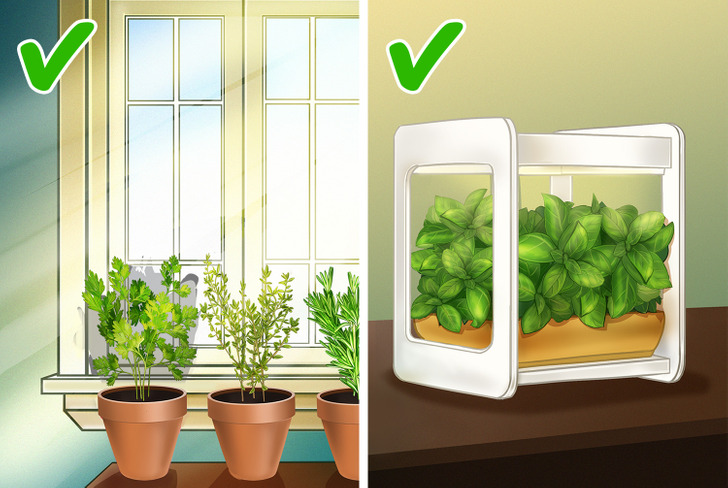
Herbs usually need lots of sunlight exposure. Your indoor-grown herbs should be given no less than 6 hours of sun daily. This is why you should maximize it by placing the pots with herbs as close as you can to your sunniest window, which is normally the south-facing one.
Winter months offer less natural light, but no worries — you can ensure your herbs’ growth by buying grow lights. The full-spectrum grow lights are considered the best option for all types of herbs because you can adjust the number of hours the light should be on.
Step 2. Pick the right herbs.
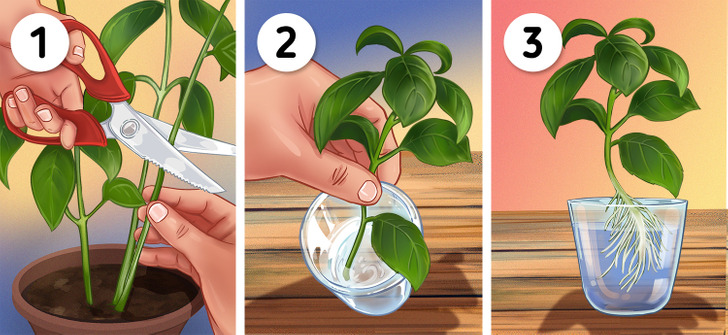
Not all herbs can be grown indoors, so you should be aware of their differences in terms of care. For instance, chives, mint, oregano, basil, parsley, thyme, and rosemary don’t require too much fuss.
- You can grow certain herbs from young plants, such as oregano, thyme, chives, rosemary, mint, and bay laurel.
- There are herbs that can be easily started from cuttings, such as basil and mint. This means you need to cut a branch of an existing plant at the node and soak it in water. New roots will sprout afterward.
- Other herbs are best to grow from seeds, like basil, cilantro, and chervil.
Step 3. Make sure you avoid plants with pests.

It is highly recommended you check plants for pests before buying them or bringing them indoors from the garden. Here is what you need to look for to avoid eventual trouble:
- Aphids and scale: These pests form sticky droppings around the herbs.
- Spider mites: If you see fine webs on the leaves and between them, make sure you avoid that plant.
❗ Although it is better to start your indoor herb growth journey with a plant that is free of pests, you should know that the pests can be washed off with lukewarm, soapy water.
Step 4. Provide a separate pot for each herb.
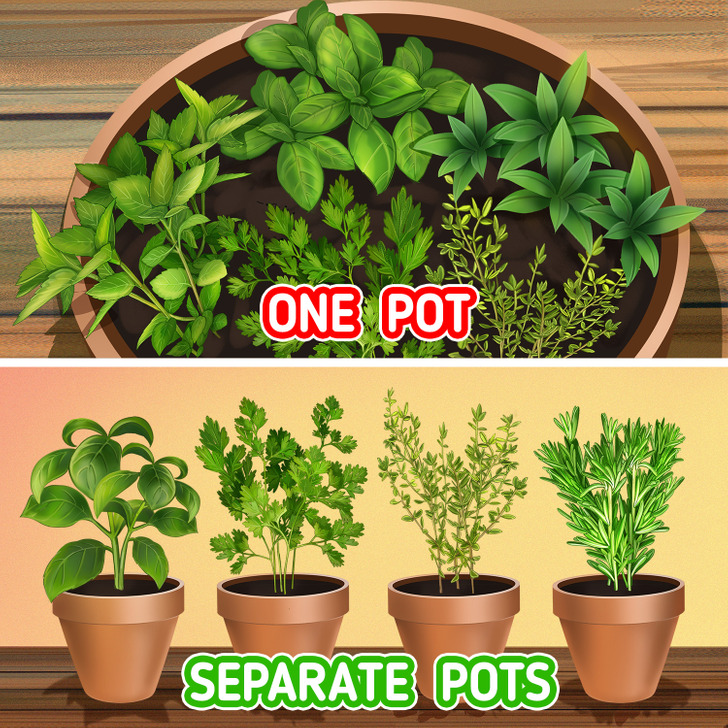
Step 5. Avoid too much watering.
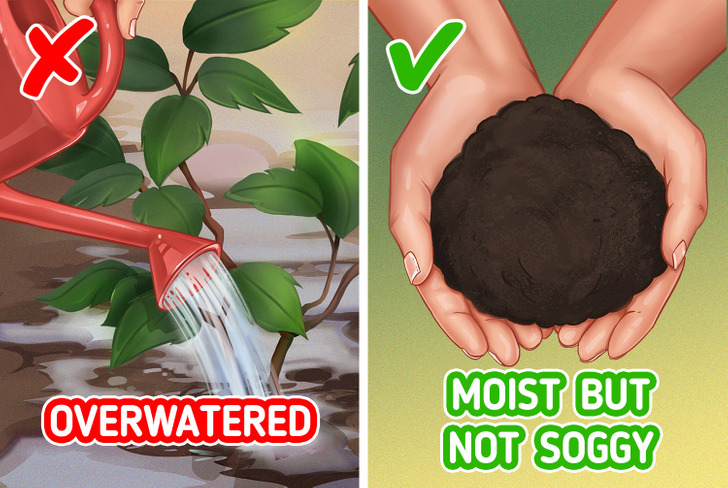
A small herb needs surprisingly little water to thrive. Do your best to keep the soil consistently moist, but not soggy, so avoid too much watering. Leaves turning yellow or wilting is definitely a red flag. Just a drizzle under the sink is enough.
Native Mediterranean herbs need fast-draining soil. For this reason, make a 50-50 blend of a cactus mix and regular potting soil when planting rosemary, oregano, thyme, and bay laurel. Other herbs can thrive well in regular potting soil.
Step 6. Do not harvest too much at a time.
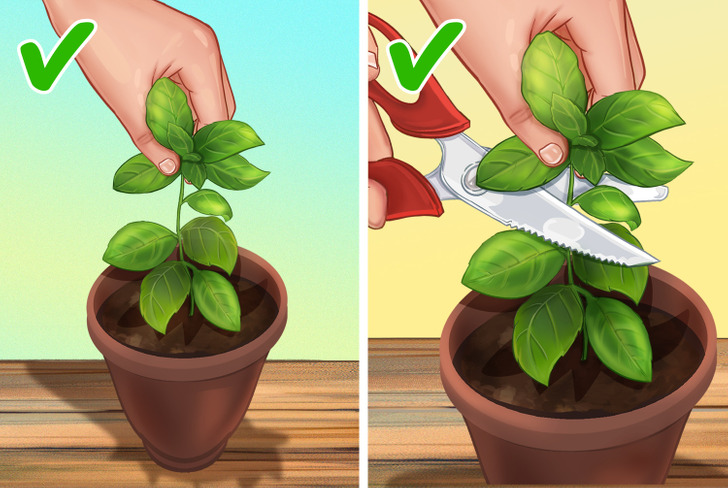
Use kitchen shears to cut a few leaves or pinch them with your fingers. Also, make sure you cut the plant regularly to stimulate new growth.
⚠️ Try not to harvest more than a quarter of the plant at a time to prevent distress to the plant.
Step 7. Transplant the herbs on time.
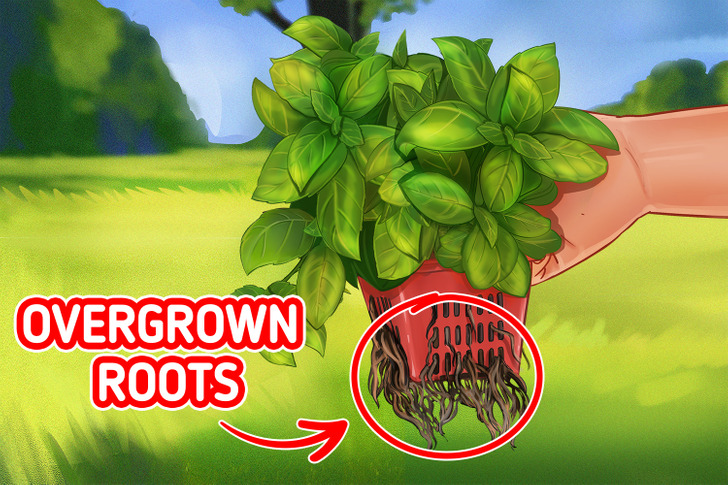
Herbs that are well-grown indoors start to outgrow their containers and require more space with time. When you see that the herbs start to flop over or there are roots coming out of the pot’s holes, it is high time you transplant them.
- You can move your plants into larger pots and keep them inside, as long as they have light exposure.
- You can transplant perennial herbs (mint and lavender, for example) to the ground when the winter is over.
- Annual herbs can be moved outdoors and left there, even in cold weather. However, you should take cuttings before winter so you can start growing them indoors again.
Bonus: the best herbs to grow indoors
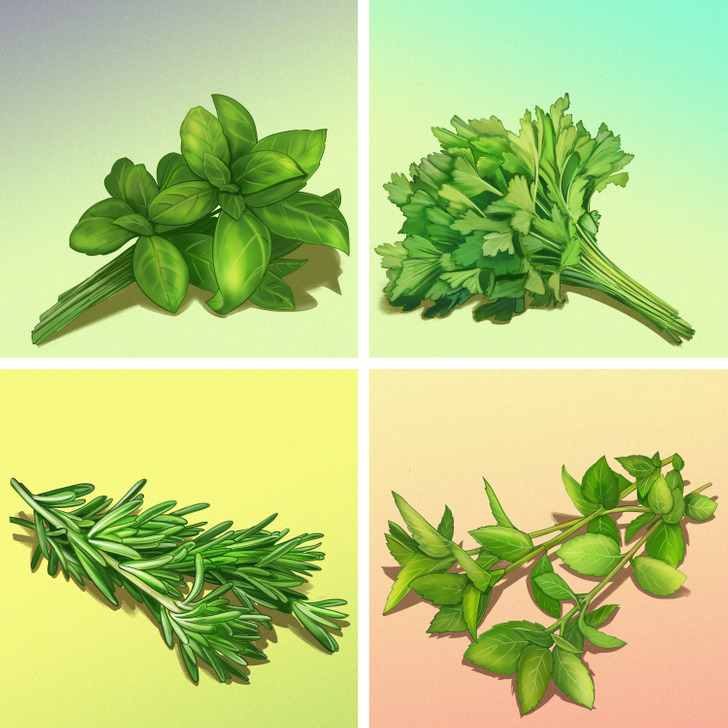
- Basil loves bright light and heat, so make sure you provide it with a southern or a western window or a grow light. Avoid cool places and remember it is not a long-term plant. For a regular supply, plant new seeds every couple of weeks.
- Parsley needs strong light and should be grown in a deep pot with rich organic soil. You should harvest parsley by pinching individual leaves near the base.
- Rosemary is an herb that grows fine in hot and dry weather, but it prefers lower temperatures (from 39 to 64 degrees Fahrenheit) in winter. Just check that it has a strong light exposure.
- Mint soil should be kept moist. This mostly perennial plant with a bunch of varieties needs moderate to bright light.
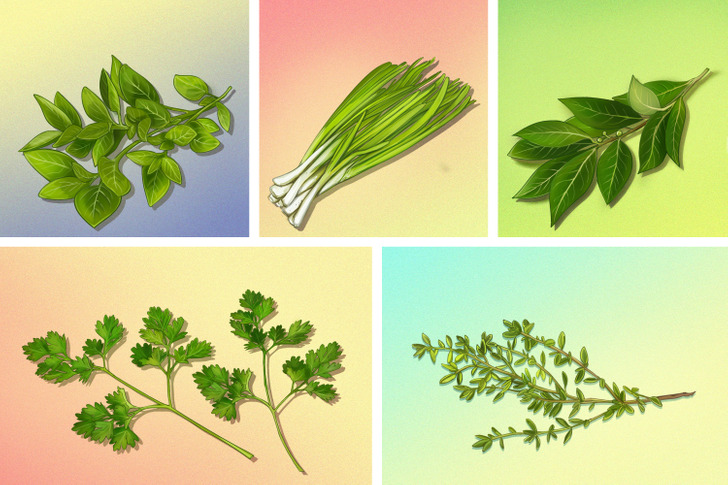
- Oregano needs similar care as mint, so it needs moderate or strong light. Also, you should not let it dry out.
- Chives should be planted in rich organic soil and given bright light. Cut off individual leaves using scissors. Leave no less than 5 cm of growth to ensure the plants are able to resprout.
- Bay laurel needs fast-draining soil, a bright window facing east or west, and good air circulation. Make sure there are no scale insects on it.
- Chervil is a plant with taproots, so you should plant the seeds in moist soil placed in a deep pot. Keep it cool (59 to 70 degrees Fahrenheit) and provide it with moderate sunlight. Bear in mind that chervil should be replanted every few weeks if you want to always have fresh leaves at your fingertips.
- Thyme needs to be potted in fast-draining soil and located in a warm, sunny spot. Once you see that the soil surface is dry, water it.